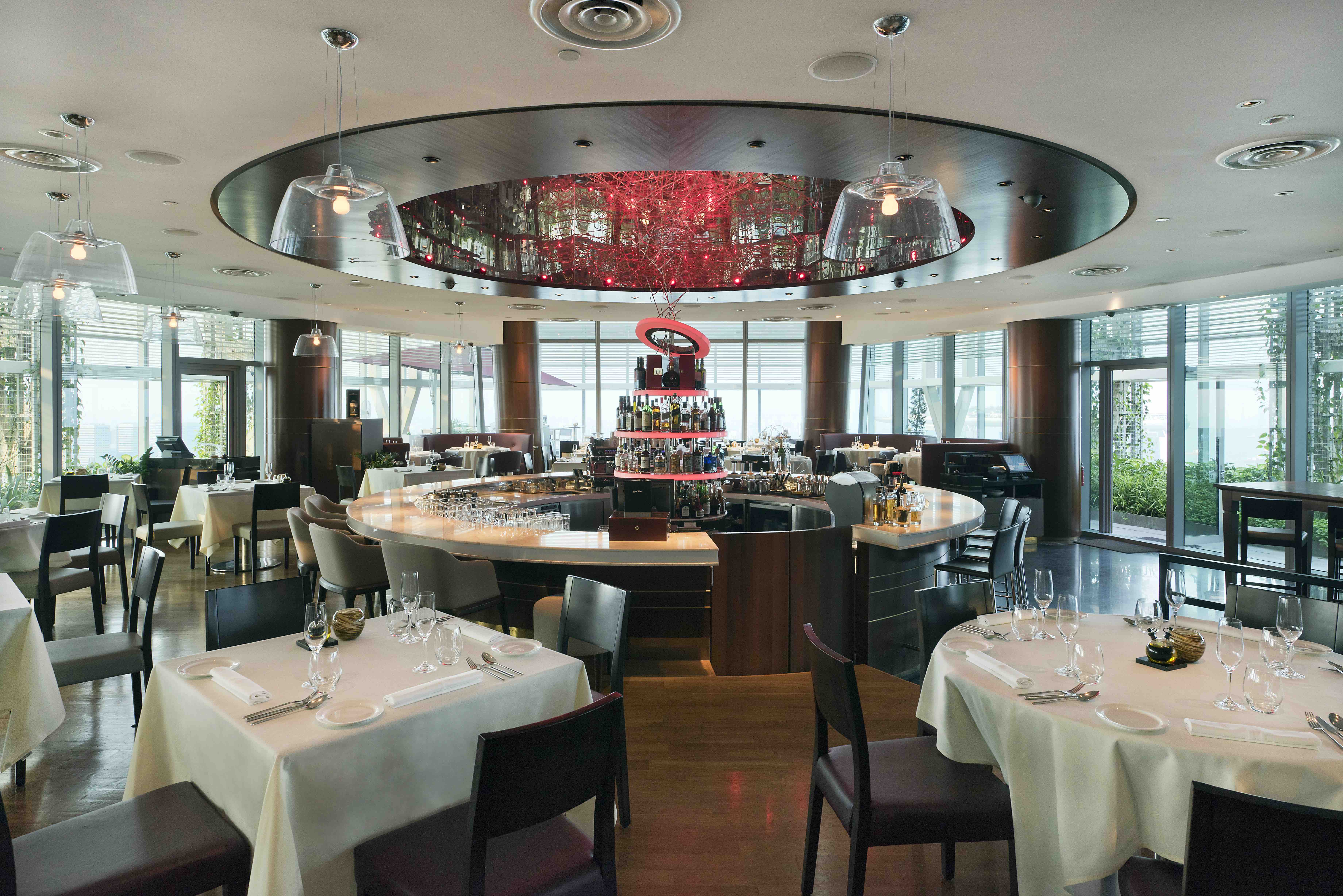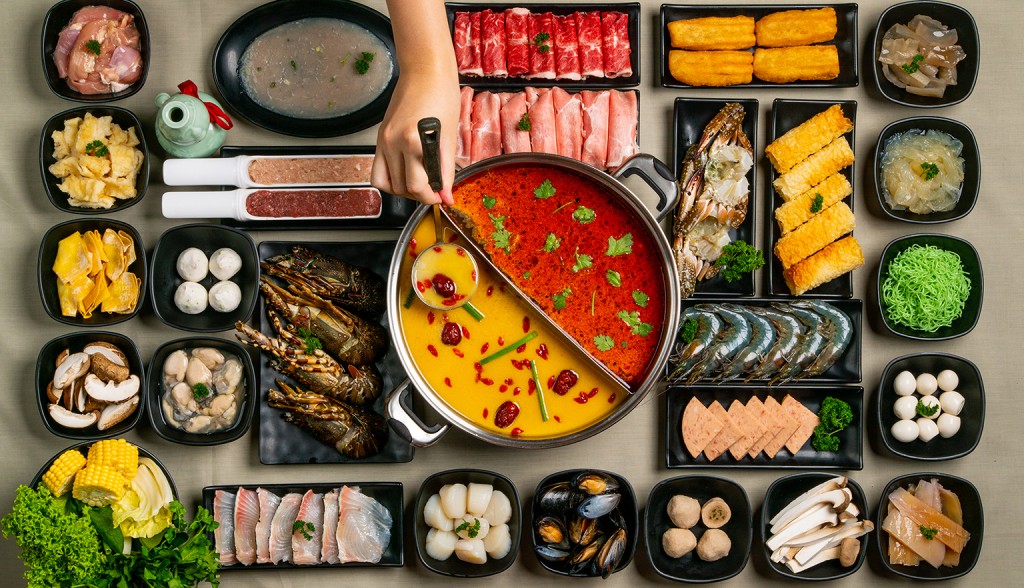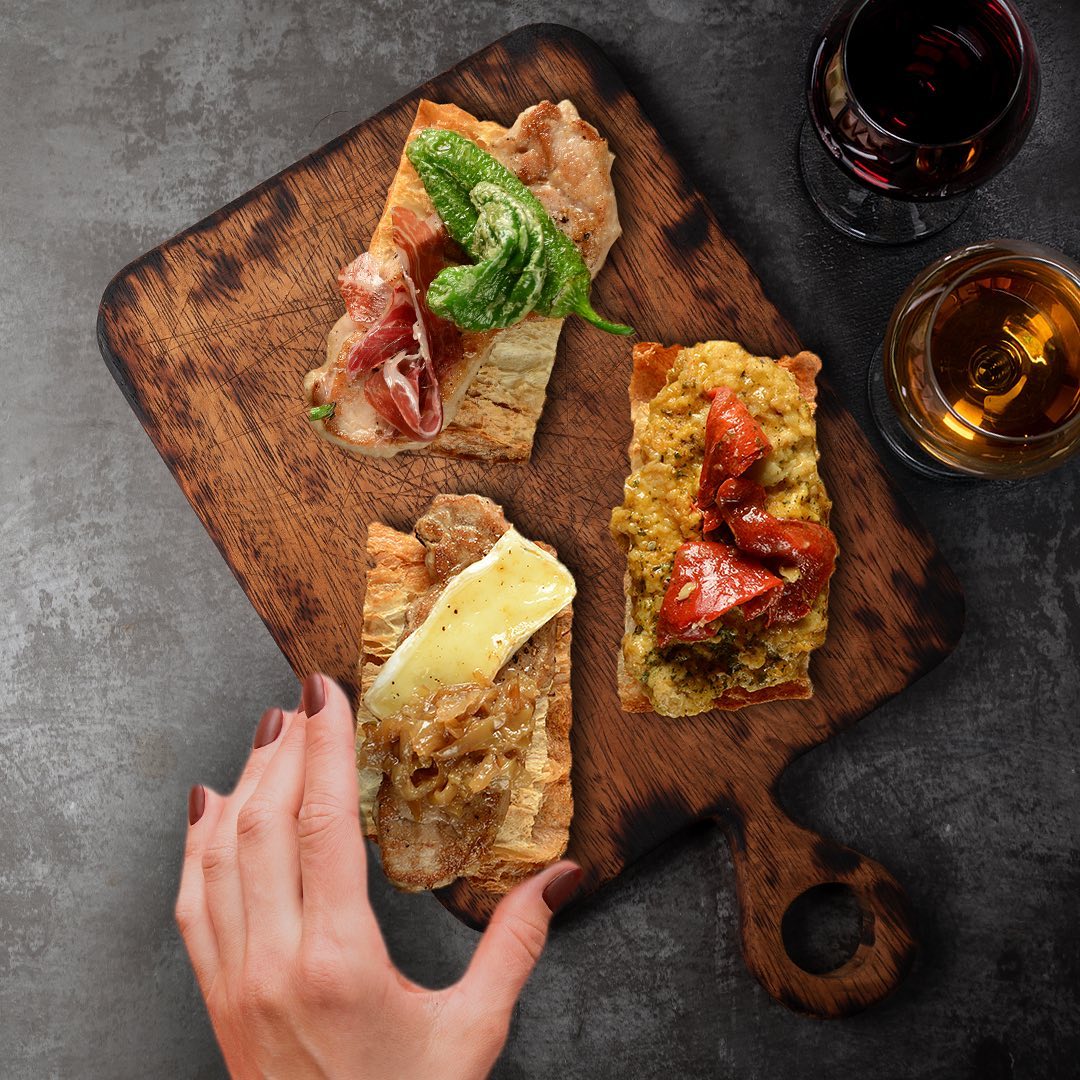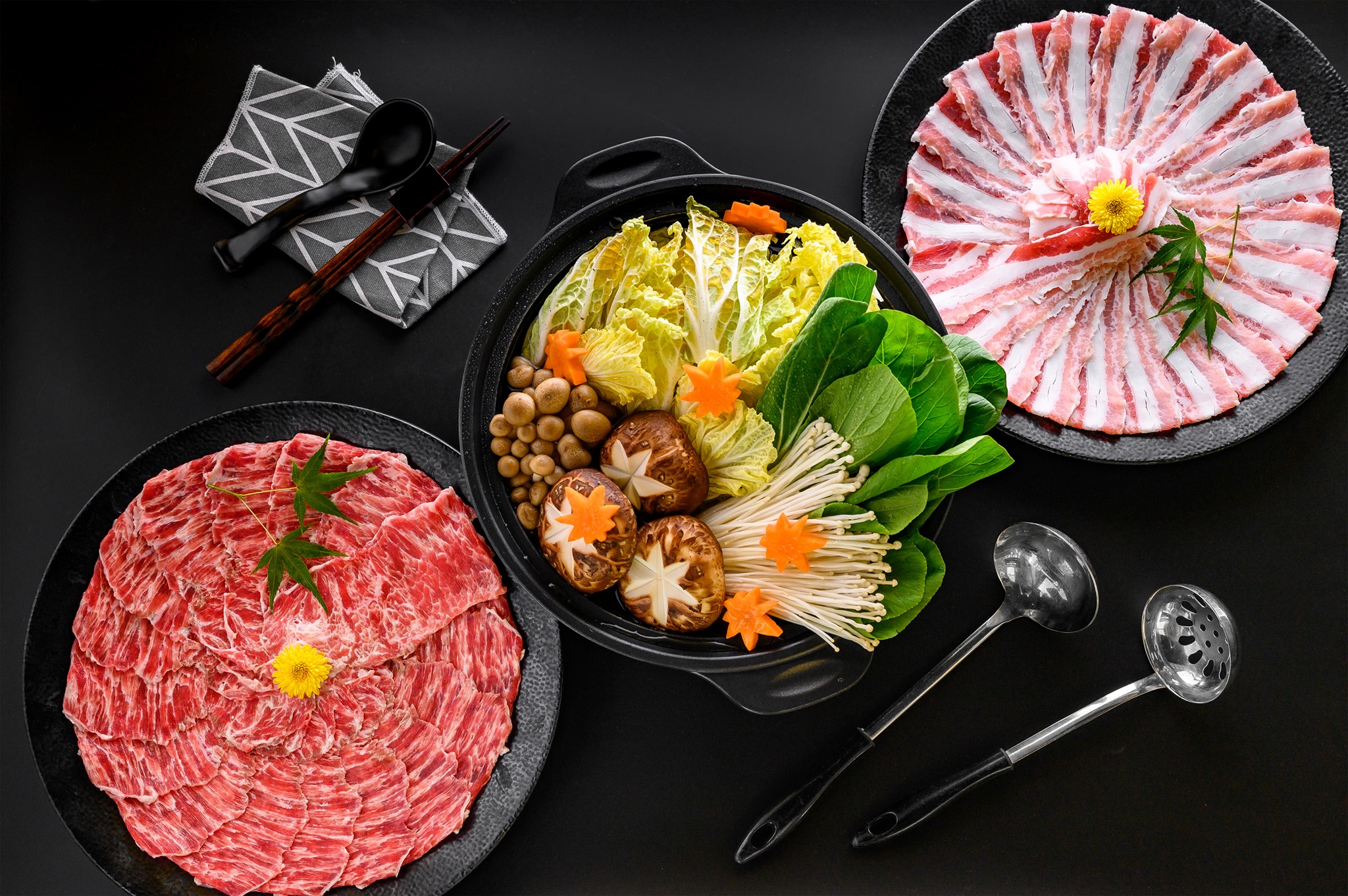Whether there’s any truth to the rumor that certain mass market retailers intentionally over-roast their beans so that a straight-up black coffee is less appealing than its more expensive, milky cousins, we can’t be sure. But to judge from the number of alternative venues that have opened here in recent months, from the almost standing-room-only Coffeesmith to the 140-seater Brunetti, there’s clearly a growing appetite for something crafted with real care. If the language on the menu at many of these newcomers is any indication, Singapore has fallen firmly in love with “Third Wave” coffee.How did we get here?When Melbournian Michael Ryan first arrived in Singapore, some eight years ago, he was dismayed by what happened when he ventured into a café. “I ordered a latte,” he says, “and it came in a gigantic glass with a handle. I thought to myself, ‘I’m going to do something about this one day’.” He might not have realized it at the time, but others were already working toward the same goal, among them Highlander, which began offering barista classes as far back as 2004, and another Aussie, Ross Bright, the unofficial godfather of Singapore’s specialty coffee scene.It was Bright, now Master Roaster for Spinelli and a host of independents, and a World Barista Championships-certified judge, who spearheaded the original Singapore Barista Championships here in 2007, to kickstart recognition for the guys behind the counter and show that coffee could be something other than what people were used to (the over-sized chainstore coffee that Ryan mockingly calls the “bucketccino”). And in the last year or so, this movement appears to have reached a tipping point. Ryan finally opened his own spot, Jimmy Monkey, back in July, and he’s learning the art of roasting from Ross Bright. His is one of more than a dozen new coffee outlets to open this year; some roasting their own beans, others making a point of using local roasters, and all talking up their shiny new machines, microlot beans and alternative credentials.In fact, there are now so many of these artisan and (mostly) indie coffeeshops here that two locally-based fans, Erik Posthuma and Luke Norman, were moved to launch a coffee trail concept in September. The free Disloyalty Card (find them on Twitter) encourages coffee drinkers to collect stamps from eight different venues (Broers Café, 40 Hands, Jewel Coffee, Jimmy Monkey, Loysel’s Toy, Oriole, Smitten and SOHO Coffee) and claim a free coffee when they’re done. Before you get any ideas, this isn’t about saving money—you’ll spend far more on transport than you’ll save!—but is instead aimed at building appreciation for the scene; a riff on an anti-chainstore concept launched—only semi-seriously—in London two years ago by 2009 World Barista Champion Gwilym Davies.Why now?As for why this was the year Third Wave coffee finally went mainstream, Ross Bright explains that it has taken time to manipulate local preference away from darker-roasted, sweetened coffee. “It was difficult,” he says, “to get people to understand that sourness is actually a positive; that you lose character when you roast dark. But that’s definitely changed over the last five or six years.” He also suggests that in terms of barista talent, “Singapore has really kicked things up in the last two or three years,” and is now competitive on a global scale. (He rates Singapore’s talent as second only to Thailand in SE Asia, and the latter’s end product suffers because they can’t import raw beans.).And if the sheer rate of openings this year came as a surprise, the folk behind the counters agree that it was bound to happen here sooner or later. Says Michael Ryan, “There’s always been an interest in real coffee here. We notice it more recently because there are more people getting in on it. Maybe it’s the fact that the trend is happening so powerfully in Australia, and it’s not that far away.”Will it last?Evidently, there’s never have been a better time to be a coffee drinker in Singapore. But all this talk of Third Wave is certainly no guarantee of quality. (You could buy beans hand-picked by Bono himself, but if they were roasted too far away or too long ago, or you put them through a crappy machine, the drink in the cup won’t be up to much.) Meanwhile, a movement that began as a celebration of the collective enjoyment of coffee has long since been globally co-opted by canny marketeers. That’s not to say any of the newcomers here aren’t well-intentioned; but it will inevitably be some time before we see how broad and sustainable the market for premium coffee really is, and who is truly committed to growing the scene. And that’s before you factor in a global recession, with consumers looking to spend less, not more, on premium products.Perth native Harry Grover opened 40 Hands to instant acclaim in Tiong Bahru in October of last year. (Perhaps it really does take Aussies to convince Singaporeans that coffee can be cool.) He’s a fervent supporter of the Third Wave movement, explicitly rejecting the commoditization and commercialization of the coffee experience, and “supporting ethical organizations and roasters [to] support the growers,” and his hope is that these new spaces will “help lift the standards in Singapore, not just for the small percentage of people patronizing these kind of places, but by creating awareness of the investment that goes into making a good cup.” Nevertheless, he warns that, “If they are coming on board to ‘ride the new coffee trend’ then they will help create a bubble that will burst when the market matures.” It is vital, he says, that they “stay true to their aims.”Ross Bright sounds an even more blunt warning. “These independent guys are running around paying high rents. The business models here and in Australia are completely different. Over there, you rent a place for five or seven years, build it up as business and flog it off. Here, after three years, the landlord’s telling you to renovate and, if you don’t renovate and aren’t prepared to pay another 20 percent, you’re out. So, if you can’t make your money back in the first two or three years, it doesn’t really work.”Where to next?There’s nevertheless real excitement about what a mature coffee market here might look like. Keith Loh, Managing Director of Oriole and a former Singapore Barista Champion himself, would like to see more local innovation. “I still feel that we’re not looking to ourselves to forward the understanding of coffee in a Singapore context, we’re still internalizing a lot of Western concepts, whether they work or not,” he says. “Let’s ask ourselves, ‘What makes us stand out? What is the Singaporean palate?’ It’s a lot more delicate, we have a far greater range of taste experiences.” In fact, he cautions against a headlong rush to import the Australian model wholesale. “If we keep following everyone and not developing concepts of our own, we’ll never be able to stamp our mark.”Loh is putting his money where his mouth is, with an on-site research lab and training school at his new Oriole Coffee Roasters. And already we’re seeing innovation in terms of consumer experience, with the likes of Harry Grover opening a gourmet coffee bar inside bistro Open Door Policy, and local boys Papa Palheta stepping up their game. Their pop-up tasting space The Steeping Room ran for just three months over the summer, showcasing different varietals and methods of preparation. Coffee geeks who managed to find the space off Waterloo Street were able to compare and contrast two different coffees via the Steeping Series (with the $35-for-two price tag indicative of the quality on offer); learn more at intimate, after-hours Steeping Sessions; and enjoy brews prepared by guest baristas. More recently they launched Must.Drink.Coffee, a pilot program for a coffee subscription service, with just fifteen lucky lab rats paying $99 to receive at least five bags of beans delivered to their door over the course of three months. In a neat crossover with another geeky subculture, delivery was made by local fixed gear cycling crew Fixpatrix.Toby Smith (another Australian!), who recently opened an outlet of his gourmet coffee brand Toby’s Estate at Robertson Quay, thinks the potential for Singapore to break new ground is very real. “Australia,” he says, “is still obsessed by the Italian way of doing things. The market there is very heavily milk-based. And they refuse to drink iced drinks, even in the heat. But here, new ways of doing things aren’t a big deal. New is nothing. People embrace it.”This idea of Singapore as a pioneer is a popular one. Ross Bright would like to see Singapore become the model for specialty coffee in the region: “Because then what we do is take the model into Manila and Jakarta and KL and build from there.”Nor can the trickle-down effect of all this Third Wave talk of sustainability and growers’ cooperatives be discounted. When a 20-plus outlet chain like Spinelli can run an organic month (as they did in October) and market coffee produced through youth development schemes in Colombia or under the Rainforest Alliance banner, then it’s clear not just how far we’ve come in recent years, but also how things might continue to evolve.Victor Mah of the Singapore Coffee Association, which puts on the Barista Championships each year (the next one is scheduled for Mar 2012), notes that the scene is still new and consumers need to be educated. “Despite the interest and growth in specialty coffee, the backbone of the coffee industry is still the traditional kopi tiam kopi as it is a cultural part of Singaporean lifestyle, and the most affordable drink locally.”But even if coffee of this sort is never going to be mass market, it’s hard not to concur with Keith Loh when he says, “It’s a great goal to have, a day when specialty coffee eventually renders itself obsolete.”12 Great Specialty Coffee OutletsMake your own cuppa joe with these machines.





